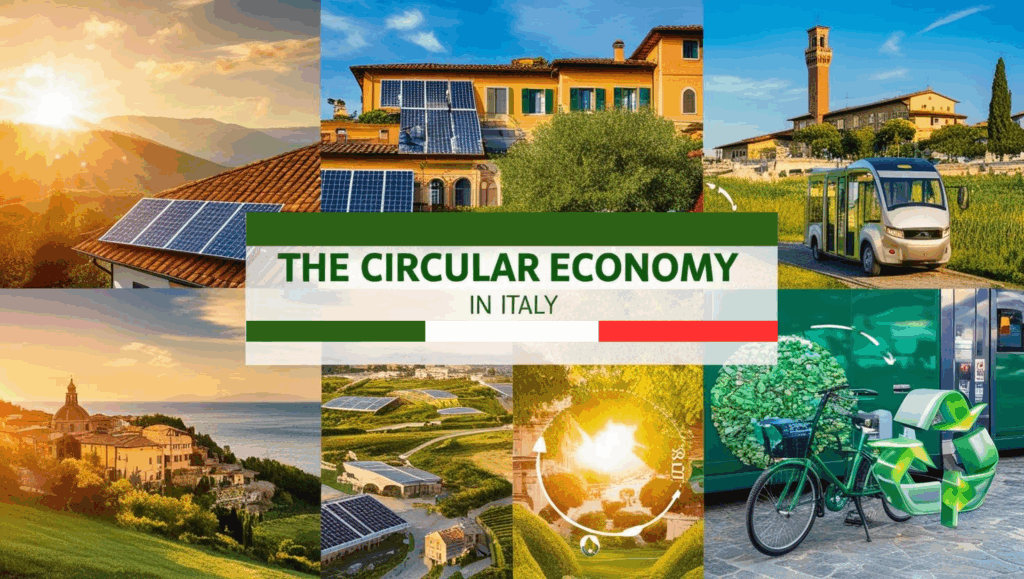Circular Economy: Italy Among Europe’s Leaders, but Challenges Remain

Italy continues to stand out on the European stage for its commitment to the circular economy. According to the 2025 Report by the Circular Economy Network, Italy ranks second in Europe for circularity index, behind only the Netherlands, but is first among the EU’s major economies such as Germany, France, and Spain.
Tangible progress in recent years
Italy’s prominent position stems from concrete results achieved in terms of resource efficiency and reuse:
-
Resource productivity rose to €4.3 per kilogram of material used, a 20% increase compared to 2019.
-
Circular material use rate increased from 18.7% to 20.8% in 2023, signaling a stronger ability to reuse existing materials instead of relying on virgin raw resources.
Challenges ahead
Despite the positive results, structural issues remain. Italy’s reliance on foreign raw materials is still high: in 2023, imports covered 48% of national demand, well above the European average of 22%. Additionally, import costs have surged by 34% over the past five years, reaching €568.7 billion in 2024.
Toward a true circular transition
According to Edo Ronchi, President of the Foundation for Sustainable Development, the key to further progress lies in designing and producing more durable, repairable, and reusable goods, while building a stronger market for secondary raw materials.
Claudia Brunori (ENEA) also highlights the need to reduce Italy’s systemic vulnerability through innovation, ecodesign, and the adoption of emerging advanced technologies.
Priorities for the future
The report warns that the current achievements may not translate into a long-term competitive advantage. Therefore, it urges policymakers to strengthen fiscal and regulatory tools, support businesses in the transition, and closely monitor progress to ensure truly sustainable and resilient development.
Source: Il Sole 24 Ore




